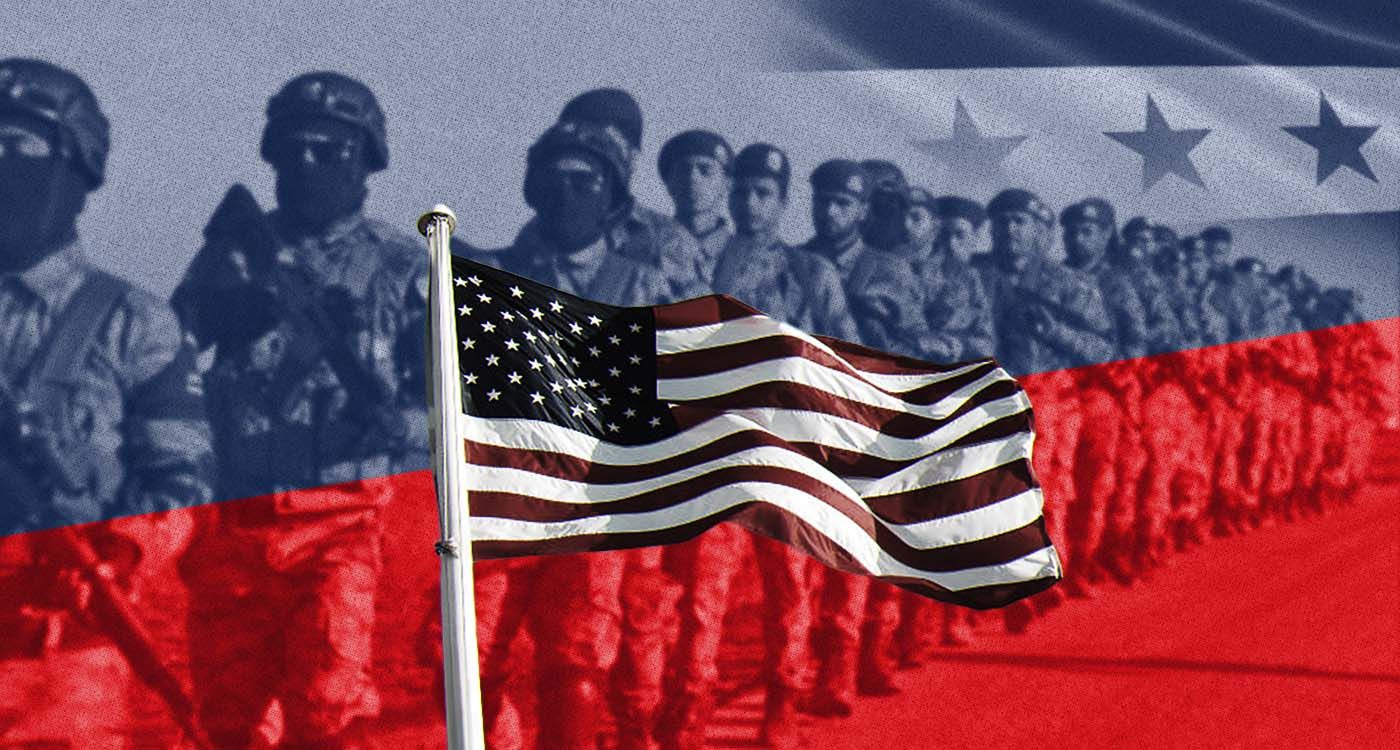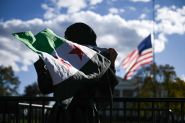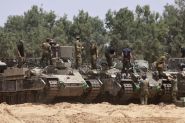- Home
- Middle East
- Integration of 3,500 Uyghur Jihadists into Syrian Army Raises Questions

©This is Beirut
A major strategic shift is underway in Ahmad al-Chareh’s Syria. In a controversial move, the United States has approved the integration of approximately 3,500 former foreign jihadist fighters – mostly Uyghurs – into the 84th Division of the Syrian Army.
While the decision is reportedly conditional on full transparency during the integration process, observers say the aim is to stabilize post-Assad Syria and prevent the resurgence of extremism by reintegrating these fighters into state institutions. But who exactly are the Uyghurs? What explains this apparent reversal in American policy? And what implications does this hold for other armed groups still active in Syria?
Uyghurs: Yesterday’s Enemies, Today’s Allies?
Originally from China’s Xinjiang Autonomous Region, Uyghurs are a Turkic-speaking Muslim minority. Many fled repression in their homeland, and some turned to radicalization, joining jihadist ranks in Syria following the outbreak of the civil war in 2011.
Today, their numbers in Syria are estimated at 4,000 to 5,000, according to security sources – making them one of the largest foreign jihadist contingents in the country, surpassed only by Chechens and Tunisians.
Since 2013, the Turkistan Islamic Party (TIP) – the main Uyghur faction – has entrenched itself in Syria, particularly in the provinces of Idlib and Latakia. Designated a terrorist organization by multiple countries, TIP has fought alongside al-Qaeda affiliates, including Hay’at Tahrir al-Sham (HTS). The group played a significant role in offensives against forces loyal to former president Bashar al-Assad, especially in strategically important mountainous terrain.
With the American green light, TIP has reportedly announced its dissolution, and its fighters are now being integrated under the command of Syria’s Ministry of Defense.
What About Other Armed Groups?
Syria has long served as a hub for a wide range of foreign militant groups. Security estimates suggest around 30,000 foreign jihadists have fought in Syria and Iraq since the start of the conflict.
Among them are Afghan and Pakistani fighters, including Shia mercenaries from the Iran-backed Fatemiyoun and Zainabiyoun brigades, who fought alongside regime forces. On the opposing side, Chechens, Uzbeks and Western Europeans joined the ranks of ISIS and HTS.
Although ISIS was territorially defeated in 2019, it remains active in Syria. The group recently claimed responsibility for attacks on government forces – the first since Assad’s ouster. Reports suggest ISIS is rebuilding its networks, launching deadly ambushes, and exploiting sectarian divisions.
A Reversal in US Policy
The US’s decision to support the integration of former jihadists into the Syrian Army marks a notable shift in its Middle East strategy. It follows President Donald Trump’s recent visit to the region and the appointment of Thomas Barrack as US envoy to Syria. The move also aligns with broader reconciliation efforts aimed at demobilizing armed groups across Syria.
In December 2024, Syria’s new leadership announced a framework agreement with several militant factions to disband and integrate into the Ministry of Defense – excluding the Kurdish-led Syrian Democratic Forces (SDF).
During his visit to Damascus last Thursday, Barrack confirmed Washington’s approval, stating that it is “better to include Uyghur fighters than to marginalize them.” He went so far as to describe them as “deeply loyal” to the current Syrian government.
However, the move has drawn concern – particularly from China, which has long viewed Uyghur militants in Syria as a threat to domestic stability. According to a diplomatic source, Beijing fears the move could embolden radicalization among its own Muslim population.
Further fueling concerns, a regional security official – speaking to This is Beirut on condition of anonymity – cited recent incidents such as the March 2025 massacres targeting Alawite communities along Syria’s coast as evidence of the risks involved in absorbing former militants.
As Syria attempts to rebuild after more than a decade of civil war, the decision to incorporate former jihadists into the national army represents a bold and controversial gamble. Whether it contributes to long-term stability or reignites violent tensions remains an open – and pressing – question.
Read more




Comments